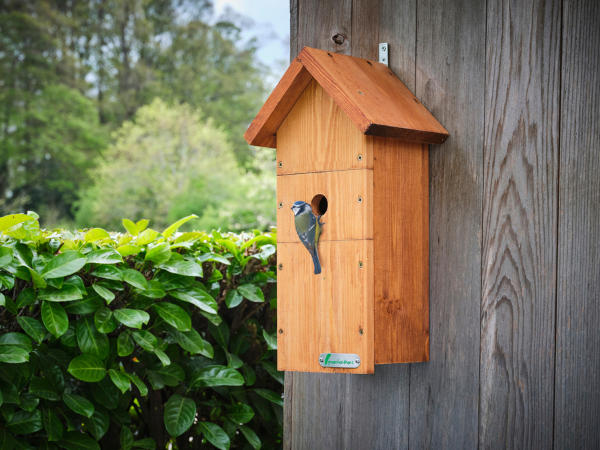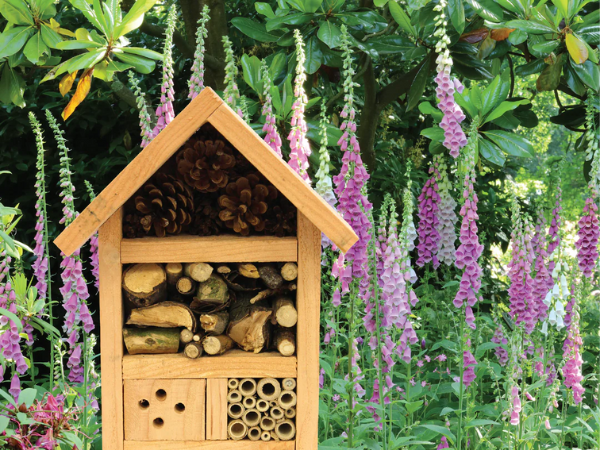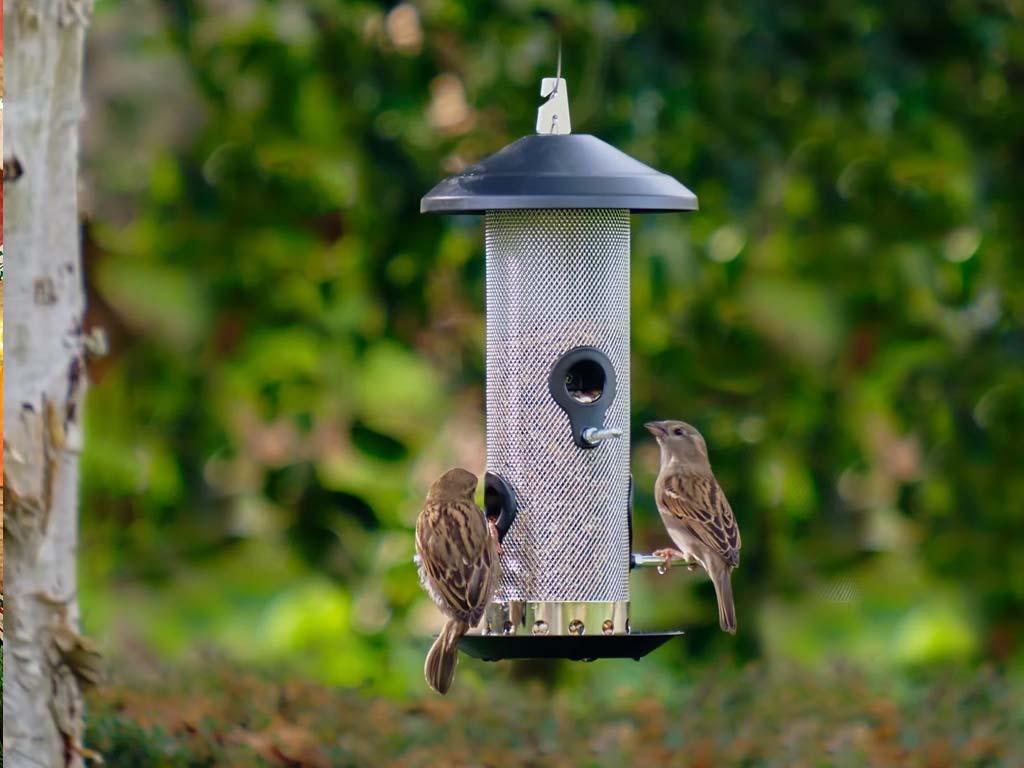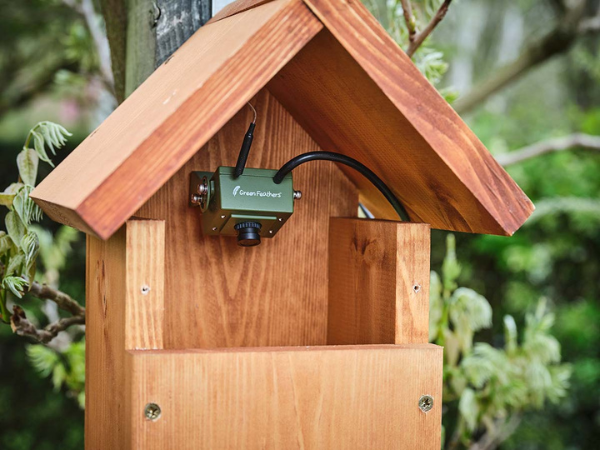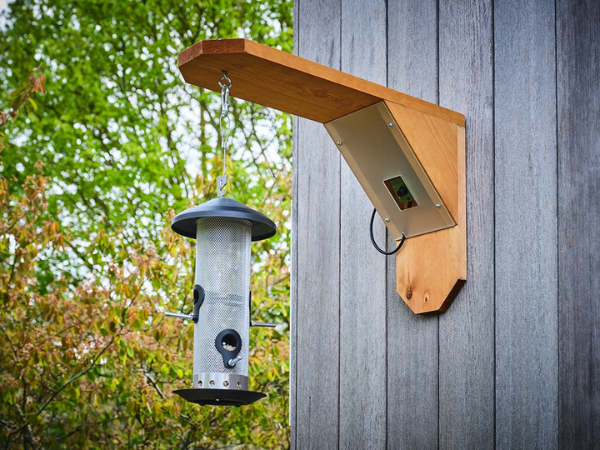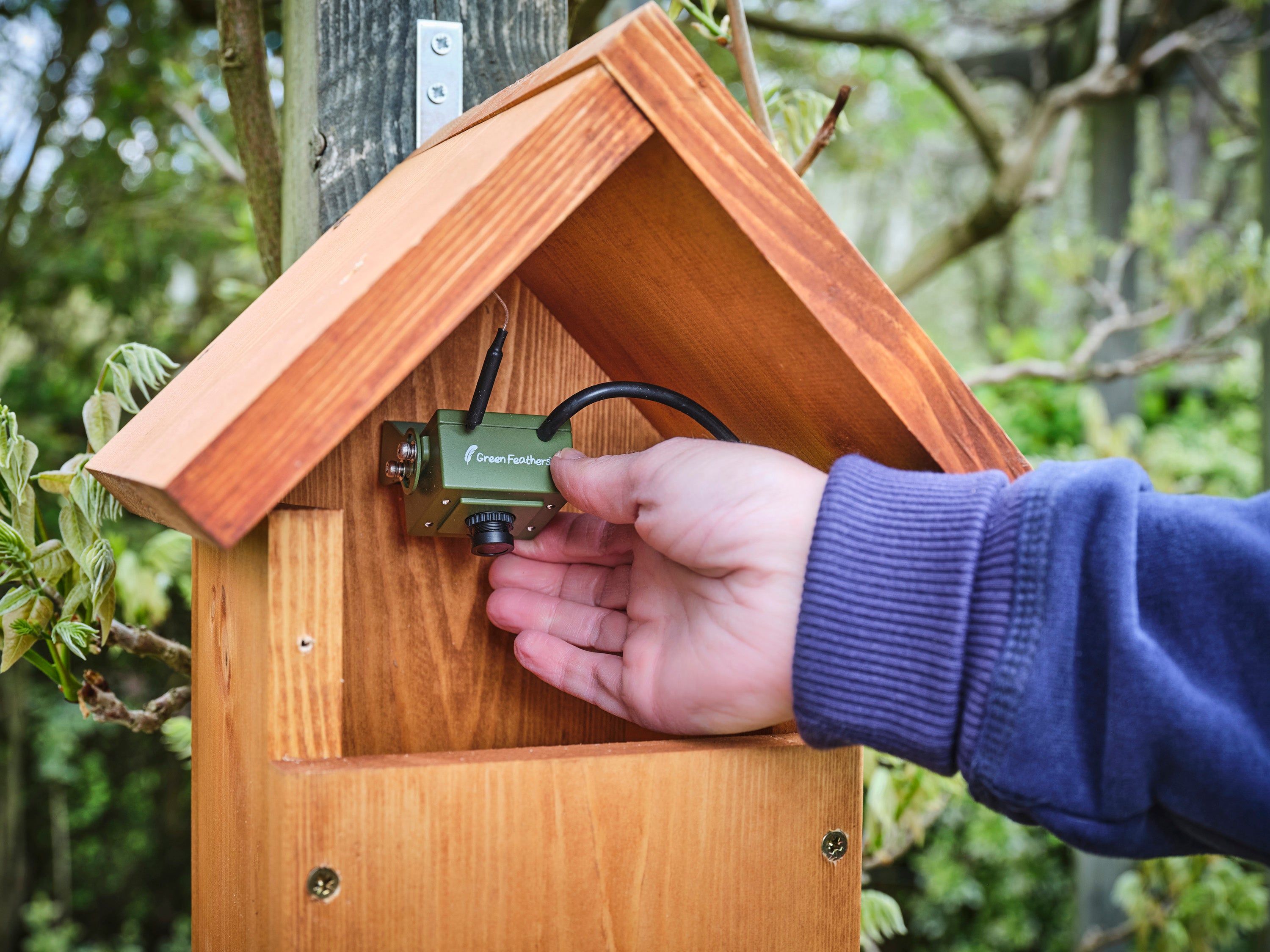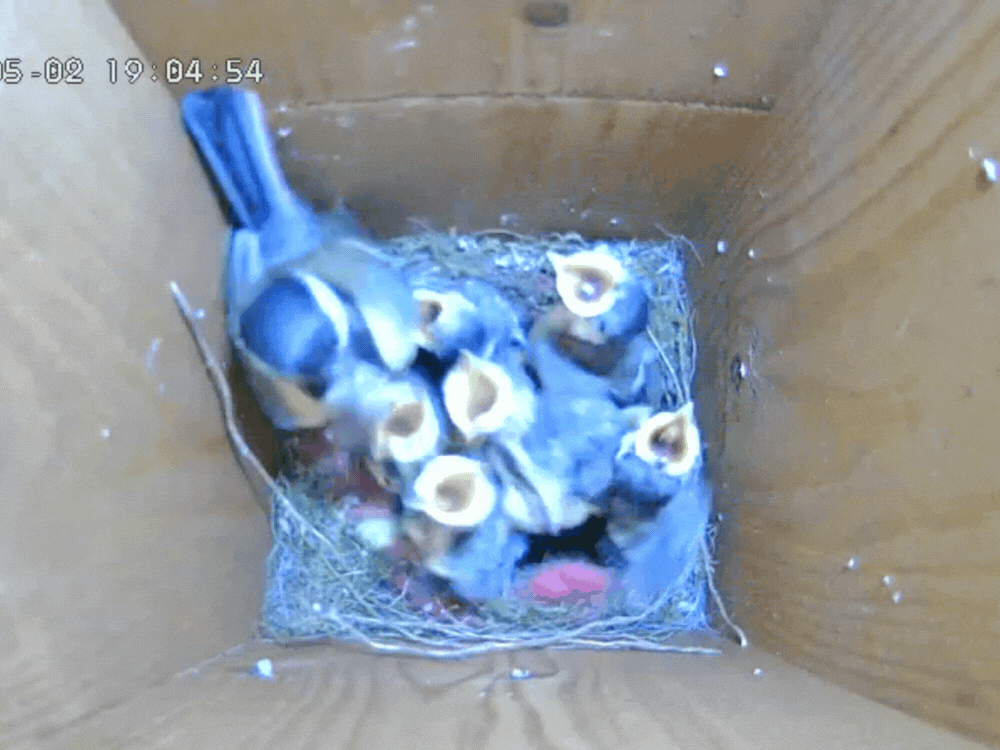Hedgehogs are fascinating creatures that captivate the curiosity of many nature enthusiasts. Their prickly presence is not just a delight for those who encounter them, but also crucial for the balance of local ecosystems.
Despite their charm and ecological importance, hedgehogs face numerous threats that have led to concerns about their conservation status and causes many to worry.
“Are hedgehogs endangered?” - This is a question that often arises, especially as reports of declining hedgehog populations surface more frequently.
In this post, we will explore the conservation status of hedgehogs both in the UK and globally, examining the factors contributing to their decline, and what is being done to protect them.
We’ll also provide practical advice on how you can make a positive impact on hedgehog conservation; from creating hedgehog-friendly gardens to supporting conservation organisations, there are many ways to help ensure that these charming creatures continue to thrive.
What are hedgehogs?

Hedgehogs are small, nocturnal mammals (awake at night and sleep during the day), known for their distinctive spiny, prickly coats, which serve as a defence mechanism against predators. These spines, made of keratin, are not barbed and can lay flat or be erected when the hedgehog feels threatened - forming a protective barrier.
Native to Europe, Asia, and Africa, hedgehogs have adapted to a variety of habitats, including woodlands, grasslands, and deserts. They possess a keen sense of smell and hearing, aiding in their hunt for food, which includes insects, worms, and occasionally small vertebrates.
Hedgehogs are typically solitary animals, coming together only to mate. Hedgehogs hibernate, too, by slowing their metabolism to conserve energy during the winter months.
Are there different species of hedgehogs?
There are many different species of hedgehogs - each adapted to their specific environments across the world - not just the European Hedgehog that we typically find in our UK back gardens.
The 17 different hedgehog species include:
- European Hedgehog (Erinaceus europaeus): Found throughout Europe, this species is well-known and commonly seen in gardens and forests.
- Amur Hedgehog (Erinaceus amurensis): Native to Eastern Russia, China, and Korea, this hedgehog is adapted to colder climates.
- Southern White-Breasted Hedgehog (Erinaceus concolor): Found in Southeastern Europe and Western Asia, it is similar to the European hedgehog but with a distinct white patch on its chest.
- Northern White-Breasted Hedgehog (Erinaceus roumanicus): Native to Central and Eastern Europe, this species is similar to the Southern White-Breasted Hedgehog but occupies a different range.
- African Pygmy Hedgehog (Atelerix albiventris): These hedgehogs are native to Central Africa. They are smaller and adapted to a variety of environments including savannas and grasslands.
- North African Hedgehog (Atelerix algirus): Found in North Africa and parts of Spain, this species is adapted to desert and semi-desert environments.
- Southern African Hedgehog (Atelerix frontalis): Native to Southern Africa, this species is adapted to a variety of habitats including grasslands and scrublands.
- Somali Hedgehog (Atelerix sclateri): Endemic to Somalia, little is known about this species due to its highly elusive nature.
- Egyptian Long-eared Hedgehog (Hemiechinus auritus): Known for its large ears, this hedgehog is found in North Africa, the Middle East, and Central Asia. Its ears help dissipate heat in hot climates.
- Indian Long-eared Hedgehog (Hemiechinus collaris): Native to the Indian subcontinent, it prefers arid and semi-arid regions, and is again known for its large ears.
- Daurian Hedgehog (Mesechinus dauuricus): Found in Mongolia and Northern China, this species prefers steppe and forest-steppe habitats.
- Hugh's Hedgehog (Mesechinus hughi): Also native to China, it inhabits mountainous and forested areas.
- Gaoligong Forest Hedgehog (Mesechinus wangi): Recently discovered in China’s Gaoligong Mountains, this species is adapted to dense forest habitats.
- Desert Hedgehog (Paraechinus aethiopicus): Found in the Middle East and North Africa, this species is well-adapted to arid desert environments.
- Brandt's Hedgehog (Paraechinus hypomelas): Native to the Middle East and parts of South Asia, it is adapted to both desert and semi-desert environments.
- Bare-bellied Hedgehog (Paraechinus nudiventris): Found in southern India, this species has a distinctive bare patch on its belly and is adapted to rocky and scrubby habitats.
- Indian Hedgehog (Paraechinus micropus): Native to the Indian subcontinent, it prefers dry, arid environments and is distinguished by its smaller size.
Are hedgehogs endangered?
We often hear that hedgehogs are endangered, but is this true?
Are hedgehogs endangered around the world?
It is difficult to know what the conservation status of hedgehogs around the world is, as very little research has been done on all the different species.
However, research from the IUCN Red List of Threatened Species shows us that there is little concern for the global hedgehog population. That said, there is concern for the Hugh’s Hedgehog and the Indian Hedgehog, as data shows that their populations have been notably declining in recent years - though are still not considered at threat of extinction.
Due to illegal and legal pet trade, there are concerns for the population of the African Pygmy Hedgehog, the Egyptian Long-eared Hedgehog, and the Indian Long-eared Hedgehog - three species where there is very little data on their conservation status.
Are hedgehogs endangered in the UK?

The European Hedgehog, native to the UK, is not considered to be endangered.
This species of hedgehog is considered “stable” on the IUCN Red List of Threatened Species, however, the People’s Trust for Endangered Species does note that we have seen a dramatic decline in population numbers - despite still being relatively common and widespread.
Published by The British Hedgehog Preservation Society and the People’s Trust for Endangered Species, The State of Britain’s Hedgehogs 2022 report found that population rates of hedgehogs in the last two decades have continued to decline, by between a third and three-quarters nationally.
You will be pleased to know that the European Hedgehog is protected and it is illegal to own one as a pet in most countries. Along with widespread conservation efforts across the UK, much is being done to protect our prickly garden pals.
Why are hedgehog populations declining?
So what are the reasons why the hedgehog population is declining, especially in the UK?
1. Habitat loss
One of the most commonly talked about reasons for hedgehog population decline is habitat loss.
As towns and cities expand, natural hedgehog habitats like woodlands, grasslands, and hedgerows are destroyed to make way for buildings, roads, and other infrastructure. This reduces the areas where hedgehogs can live and find food.
The building of roads, railways, and other infrastructure can also divide hedgehog habitats into smaller, isolated patches. This fragmentation makes it harder for hedgehogs to move around, find mates, and access different parts of their habitat.
Modern farming practices often involve large, open fields, with little shelter or food for hedgehogs. Hedgerows and small patches of natural vegetation, which are important for hedgehogs, are often removed to create larger fields.
2. Road mortality
And speaking of building roads…
Hedgehogs frequently travel across roads while foraging - especially at night when they are most active. Many are killed by vehicles, because their instinctive defence mechanism is to roll into a ball, which doesn't protect them from cars.
High road density in urban and suburban areas increases the likelihood of hedgehogs encountering roads, and thus the risk of them being hit.
3. Pesticides and chemicals
Pesticides and chemicals are a killer for a lot of wildlife, including hedgehogs.
Many pesticides used in agriculture and gardening kill insects, which are a major food source for hedgehogs, so a decrease in insect populations means less food for hedgehogs. Some chemicals can also be directly harmful to hedgehogs if ingested, or if they come into contact with contaminated soil or water.
The use of herbicides and fungicides can indirectly affect hedgehogs, by altering the plant and fungal communities in their habitats, which can impact the overall ecosystem and food availability.
4. Climate change
Climate change is affecting all of us, including our prickly pals.
As temperatures fluctuate and we experience warmer winters, this can disrupt hedgehog hibernation. Hedgehogs rely on a stable, cold environment to hibernate properly, and if they wake up during warm spells, they may deplete their fat reserves too quickly and not survive the winter.
Changes in climate can also affect the populations and life cycles of the insects and other small animals that hedgehogs eat, potentially leading to food shortages.
5. Predation
Predators are also a threat to hedgehogs, and we’re not just talking about other wild animals.
In some regions, increased badger populations pose a significant threat to hedgehogs. Badgers can prey on hedgehogs and outcompete them for food. However, domestic cats and dogs, foxes, and birds of prey can also pose a threat - particularly to young hedgehogs.
6. Diseases and parasites
Hedgehogs can host a variety of parasites, such as ticks, fleas, and mites, which can cause illness or weaken them. They can also suffer from various diseases, including those caused by bacteria, viruses, and fungi. Some diseases can spread quickly in dense populations, especially in urban areas, wiping out a local hedgehog population.
7. Competition for food
Whether it's out in the savanna or in suburban British gardens, competition for food in the animal kingdom is always present.
Hedgehogs may face competition for food from other local wildlife species, such as birds, rodents, and other small mammals, which may get to food before them - especially as they’re nocturnal mammals (asleep during the day). If you see a hedgehog out during the day, you should be concerned.
Domestic cats and dogs can also compete for food, particularly in urban and suburban areas where food sources may be limited, or they notice food left out in the gardens - which is meant to be for the hedgehogs.
How can you help to protect hedgehogs?
Now that you’ve heard the plight of our local prickly pals, you may feel called to help. But what can you do to help protect hedgehogs?
1. Create a hedgehog-friendly garden

A wildlife-friendly garden should be the aim of every homeowner, but is your garden hedgehog-friendly?
A hedgehog-friendly garden is one that is safe and welcoming for hedgehogs, and a perfect way to be proactive in helping to protect hedgehogs. A garden that is considered hedgehog-friendly and will attract hedgehogs to your garden includes:
- Shelter: Create log, leaf, or compost piles to provide natural shelters, or install a hedgehog house in a quiet, sheltered area in your garden.
- Access: Make small holes (13 cm x 13 cm) in fences or walls to allow hedgehogs to move between gardens.
- Food and water: Provide them with a shallow dish of water for drinking, and offer hedgehog food or cat/dog food in a sheltered hedgehog feeding station to keep it dry and safe from other animals.
- No hazards: Cover drains and holes to prevent hedgehogs from falling in, check compost heaps before turning them to avoid injuring any hidden hedgehogs, avoid using slug pellets and pesticides, which can poison hedgehogs, and avoid using netting or ensure it is kept off the ground to prevent hedgehogs from getting tangled.
- Natural environment: Plant a variety of native plants to attract insects, providing a natural food source for visiting hedgehogs, and maintain a section of your garden as a wild area with long grass and native plants (known as rewilding).
- Nesting materials: Leave out natural materials like leaves, straw, and twigs for hedgehogs to use as nesting material in their hedgehog house or natural habitat.
2. Support conservation organisations and hedgehog charities
If you don’t have the means, or the appropriate garden - support conservation organisations and hedgehog charities that do.
There are many ways to support these organisations and charities, including word of mouth, fundraising, and volunteering. This helps to give them the funds and means they need to protect local hedgehogs in your area.
The most popular hedgehog conservation organisations and charities in the UK include The British Hedgehog Preservation Society, the RSPCA, and Hedgehog Street. However, you can find many local charities and rescue organisations near you, through Animal Charities.
3. Be hedgehog aware
Learning more about hedgehogs, what they need, and what dangers they face, is another way to help protect them. You’re actually taking the first step by reading this post!
Frequently asked questions about protecting hedgehogs
Can I keep a wild hedgehog in the UK?
The short answer - no. Keeping a wild hedgehog, a European Hedgehog, as a pet in the UK is illegal. You’re more than welcome to feed them and provide them with a safe environment in your garden, but you cannot keep it.
Do hedgehogs need rescuing?
Hedgehogs definitely need help in the environment, and reading this post will provide you with all the tools to do your part. However, a hedgehog only needs “rescuing” if you think it is unwell or in danger.
How are hedgehogs protected in the UK?
Hedgehogs are protected in the UK, not only through the countless organisations that work to do so, but also through the The Wildlife & Countryside Act 1981 - legislation that calls for the protection of hedgehogs, alongside other British wildlife.
What is the lifespan of a hedgehog in the UK?
Local hedgehogs can live up to 10 years, however, many struggle to make it through their first year. On average, a hedgehog in the UK lives 2-3 years - simply due to the dangers it faces out in the wild.
What do I do with a dead hedgehog in my garden in the UK?
If you find a dead hedgehog in your garden, the best thing to do is report it to the Garden Wildlife Health project. Should they not wish to take the hedgehog away, you should consider burying it at an appropriate depth in your garden. Make sure to confirm that the hedgehog has passed away before doing so - it could be asleep or in hibernation.
If you find a dead hedgehog during the breeding season (spring and summer), watch out for any orphaned hoglets (baby hedgehogs) nearby and contact your local hedgehog rescue or the RSPCA if you do see them.
Is it OK to pick up a wild hedgehog?
Wild hedgehogs should be left alone. You should only ever pick up a hedgehog if you’re concerned about its safety or if you believe it may be injured. Contact a hedgehog organisation or rescue charity if you have these concerns, for further advice. Never just pick one up because you want to.
Looking to learn more about your local prickly pals? Find more resources on our blog, like our hedgehog facts & how to help them, or contact us today for expert info on everything hedgehog.





